Barcelona
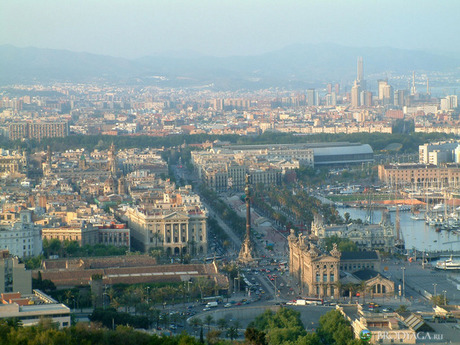
In a privileged position on the northeastern coast of the Iberian peninsula and the shores of the Mediterranean, Barcelona is the second largest city in Spain in both size and population. It is also the capital of Catalonia, 1 of the 17 Autonomous Communities that make up Spain.
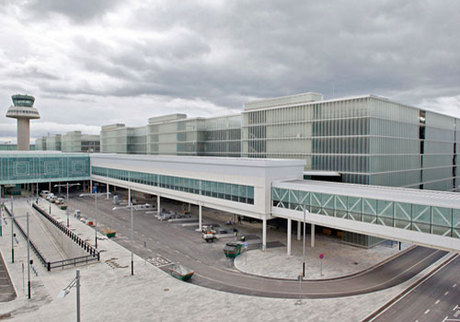
Barcelona El Prat Airport, simply known as El Prat Airport, is located 12 km (7.5 mi) southwest from Barcelona, Catalonia, Spain, lying in the municipalities of El Prat de Llobregat, Viladecans and Sant Boi. The airport is the second largest in Spain behind Madrid Barajas Airport and the largest in Catalonia. It is a main base for Spanair and Vueling and a focus city for Air Europa and Iberia. The airport mainly serves domestic, European and North African destinations, also having flights to Southeast Asia, Latin America and North America.
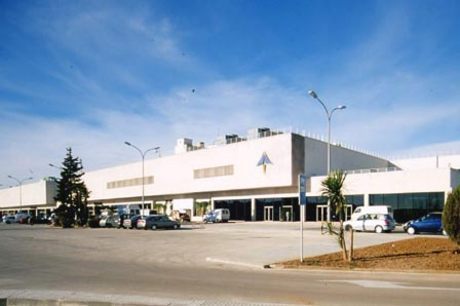
Barcelona can also be reached by transport links from other regional airports, including Girona, Reus and Lleida - Alguaire, which also offer services to their influence areas.
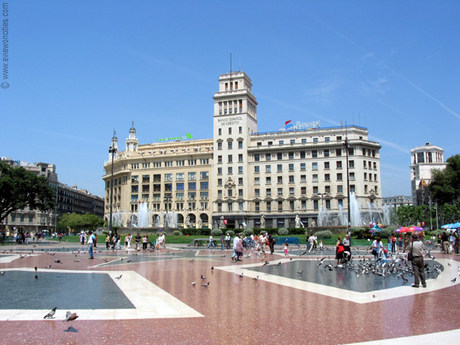
The Plaça de Catalunya, a large plaza surrounded by monumental buildings, is Barcelona's busiest square. It is located between the old city (Ciutat Vella) and the 19th century Eixample district. Barcelona's two most famous streets, the Rambla (a wide promenade in the old city) and the Passeig de Gracia (a grand showcase of modernist architecture in Eixample) start at the Plaça de Catalunya. Even though the square is enormous in size, it is constantly crowded with people walking to and from one of the nine streets emanating from the square.
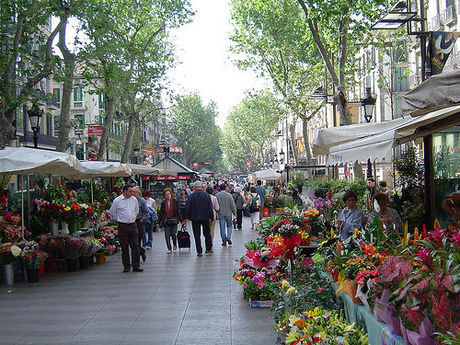
La Rambla is the grand boulevard of Barcelona, with a length of 2 kilometres. La Rambla starts at the Placa de Catalunya and goes downhill to the puerta Barcelona. You can come to Barcelona for the 10th time in your life; La Rambla will never look the same. The boulevard changes its appearance with the years and seasons. La Rambla is always crowded with people. As the people change over the years, the Barcelona Boulevard changes as well.
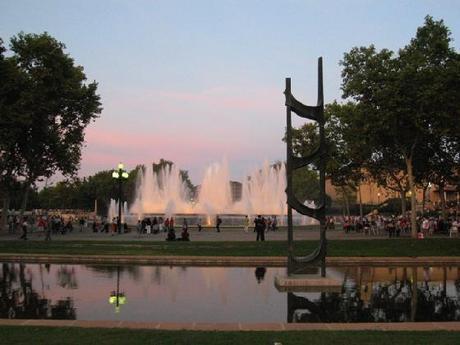
The Montjuïc is a hill located near the center of Barcelona. It features a large number of attractions including the Spanish Village and the Montjuïc Castle.
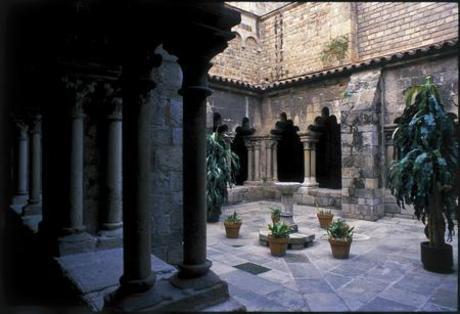
Barcelona's most colorful district by a margin of at least several rainbows and one kaleidoscope. Here you'll find many of Barcelona's best bars, hippest restaurants, contemporary culture and a never ending parade of weird and wonderful characters.
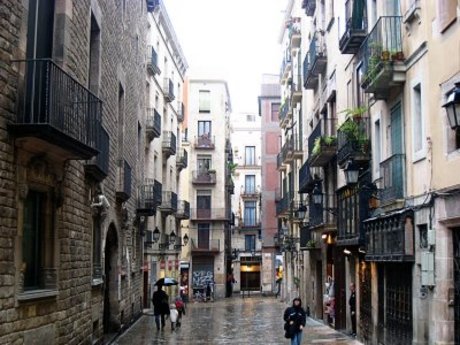
The Gothic Quarter is the centre of the old city of Barcelona. It stretches from La Rambla to Via Laietana, and from the Mediterranean seafront to Ronda de Sant Pere.
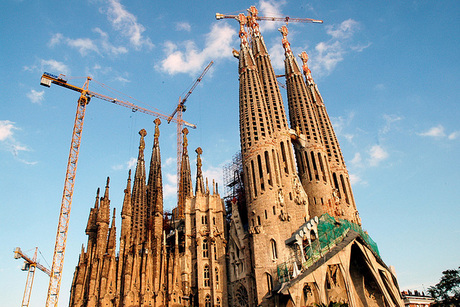
The Basílica i Temple Expiatori de la Sagrada Família, commonly known as the Sagrada Família, is a large Roman Catholic church in Barcelona, Catalonia, Spain, designed by Catalan architect Antoni Gaudí (1852–1926). Although incomplete, the church is a UNESCO World Heritage Site.
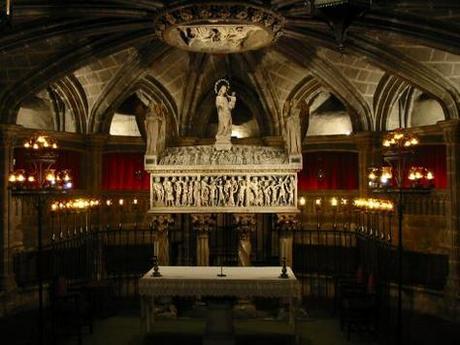
Barcelona Cathedral (also known as La Seu) is a celebrated example of Catalan Gothic architecture dating from the 14th century. Its graceful spires can be seen from throughout the Barri Gòtic (Gothic quarter) of Barcelona. La Seu is officially known as Catedral de la Santa Creu i Santa Eulalia in Catalan and is dedicated to Eulalia of Barcelona, co-patron saint of Barcelona.

